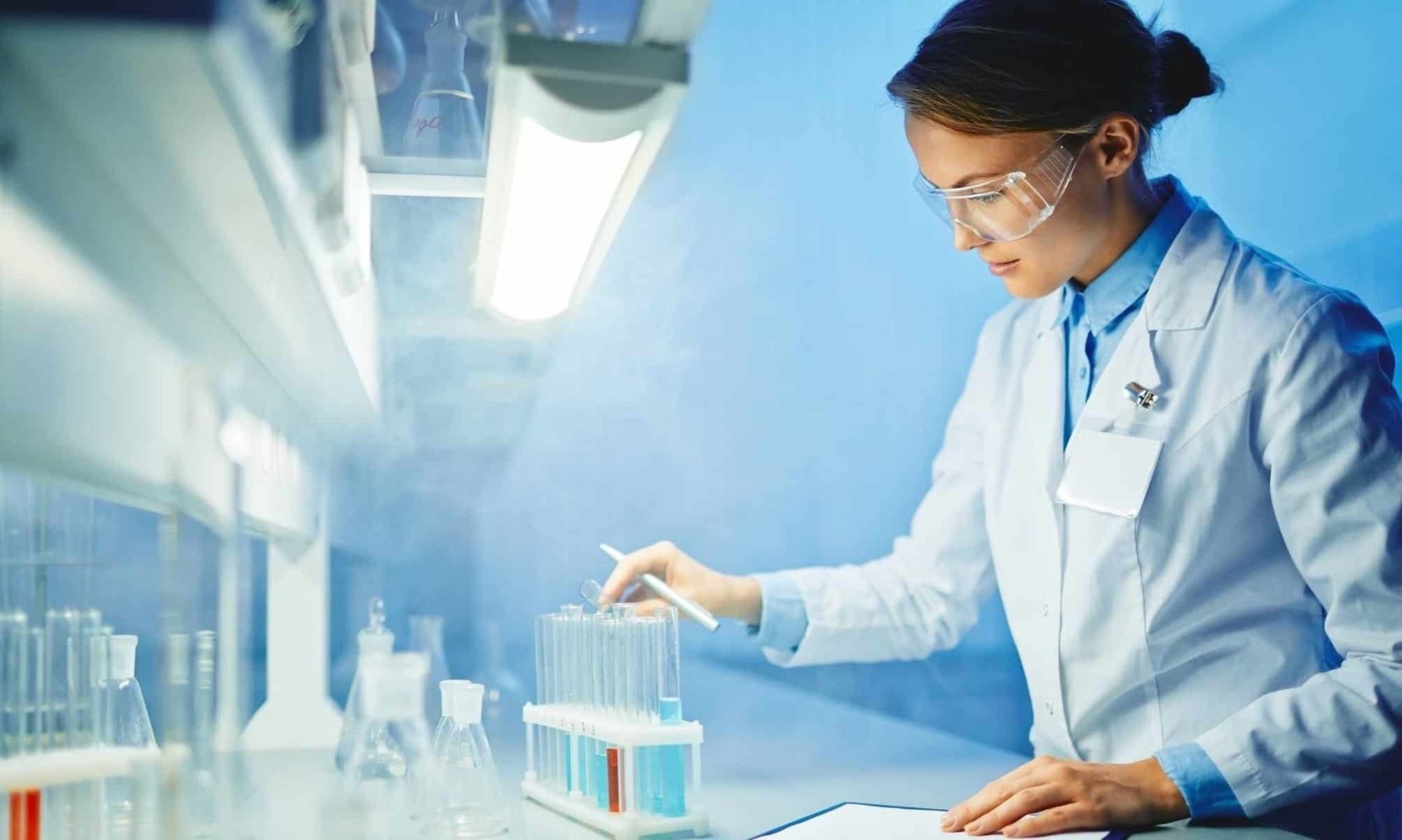DNA sequencing isn’t a topic which many people are familiar with. However, it’s necessary for a vast number of science disciplines, especially those dealing with human health. Therefore it’s essential to understand what DNA sequencing is, how it works, and why we need it to make scientific breakthroughs.
For example, some of the science disciplines that advanced considerably with the invention of DNA sequencing include forensic biology, biotechnology, medicine, and virology. Due to DNA being an essential building block of all things, understanding precisely what it’s made of has had a considerable effect on our knowledge of the world. Here’s everything you need to know about DNA sequencing:
The Discovery of DNA
DNA or deoxyribonucleic acid was discovered by the Swiss physician and biologist Friedrich Miescher in 1869. However, scientists didn’t pay it that much attention until 1944. They thought that proteins held the genetic key to all life, but an experiment in 1944 showed DNA as being capable of changing one strain of bacteria into another. The double-helix model of DNA as we know it today was proposed in 1953, and by 1955 the first theory of sequencing proteins was put forward by Frederick Sanger.
What Is DNA Sequencing?
The double-helix model of DNA consists of two strands of four complementary nucleotides that coil around each other. The nucleotides are adenine (A), cytosine (C), guanine (G) and thymine (T), linked by hydrogen bonds but running in the opposite directions, with A on one strand always paired with T on the other strand, and C always paired with G.
With DNA sequencing the main goal is to determine this sequence of nucleotides in a piece of DNA. Scientists started with smaller efforts — the first of them was Sanger, who had managed to complete the course of amino acids in insulin by 1955. However, sequencing the human genome was a huge undertaking, completed in 2003 after several years and a massive effort of the international scientific community.
Nowadays sequencing the human genome takes much less time and is much less expensive than it was during the days of the Human Genome Project.
Sanger Sequencing
The chain termination method or Sanger sequencing was developed in 1977 and used to sequence regions of DNA which were up to 900900900 base pairs in length. While that may seem like a lot, it’s nothing compared to the vastness of the human genome. During the Human Genome Project, Sanger sequencing was used, but it could only sequence tiny fragments of human DNA, and even that through multiple rounds of sequencing. Today we have better, more efficient methods, but Sanger sequencing is still used to sequence individual fragments of DNA.
Sanger Sequencing Ingredients
There are many ingredients necessary to carry out Sanger sequencing, as its methodology is making copies of the target DNA region. In a sense, it is much like an organism’s DNA replication process, so it requires similar ingredients:
- A short piece of single-stranded DNA that binds to the template DNA, as a starter for the DNA polymerase enzyme which is also necessary;
- Four DNA nucleotides (dATP, dTTP, dCTP, dGTP);
- Template DNA;
- Chain-terminating or dideoxy, which are versions of all four nucleotides (ddATP, ddTTP, ddCTP, ddGTP) labeled with a different color of dye.
The difference between deoxy (normal) and dideoxynucleotides is that dideoxynucleotides do not have a hydroxyl group on the 3’ carbon of the sugar ring which acts as a hook on deoxynucleotides. This hook is what allows the addition of a new nucleotide to a chain. That is why dideoxynucleotides are called chain-terminating — without the hook for the addition of new nucleotides, no more nucleotides can be added to the chain, and it ends with the dideoxynucleotide.
Sanger Sequencing Method
With the Sanger sequencing method, all the ingredients mix in a tube. However, there aren’t as many dideoxynucleotides as the regular nucleotides used. The separation of the DNA template strands occurs after heating the mixture, which is then cooled to allow the primer to bind to the single-stranded template. After that, the mixture is heated again, which facilitates the synthesis of the new DNA starting from the introduction by the DNA polymerase. It keeps on adding nucleotides to the chain until a dideoxynucleotide is added, after which the strand ends.
There are numerous cycles to this process which ensures that there is always a dideoxynucleotide in at least one reaction incorporated at every position of the target DNA. What happens in the tube is that fragments of different lengths form, mimicking the original DNA, but which end at each of the original DNA’s nucleotide positions.
Once this process is done, the fragments are separated by length through the process called capillary gel electrophoresis. It consists of running the pieces through a long, thin tube filled with a gel matrix that slows down long fragments. It ensures that the shortest remaining fragment will always get through the tube first. As each fragment comes out on the other end, it’s illuminated by a laser which identifies the dideoxy dye. It allows scientists to build the original piece of DNA by reading the peaks in the chromatogram.
Uses of Sanger Sequencing and More Modern Sequencing Methods
Sanger sequencing is still reasonably efficient for sequencing individual pieces of DNA or DNA copied in PCR. However, it’s too expensive to use it for large-scale projects like the Human Genome Project was.
Next-generation sequencing methods focus more on providing increased speed and lowering costs. Generally, this is done by running highly parallel, microscale reactions, which makes the process faster and cheaper. They’re also shorter in length, with reads usually ranging between 505050 and 700700700 nucleotides. Most of these methods resemble the Sanger sequencing methodology, but parallelization and small scale make the sequencing quicker and cleaner.
Key Takeaways
The speed and cost of DNA sequencing matters, as it opens the door to groundbreaking biological research and even personalized medicine. We might be going towards the point where treatment could be precisely tailored to the needs of every individual patient if DNA sequencing becomes a routine procedure much like it is getting a blood test.


